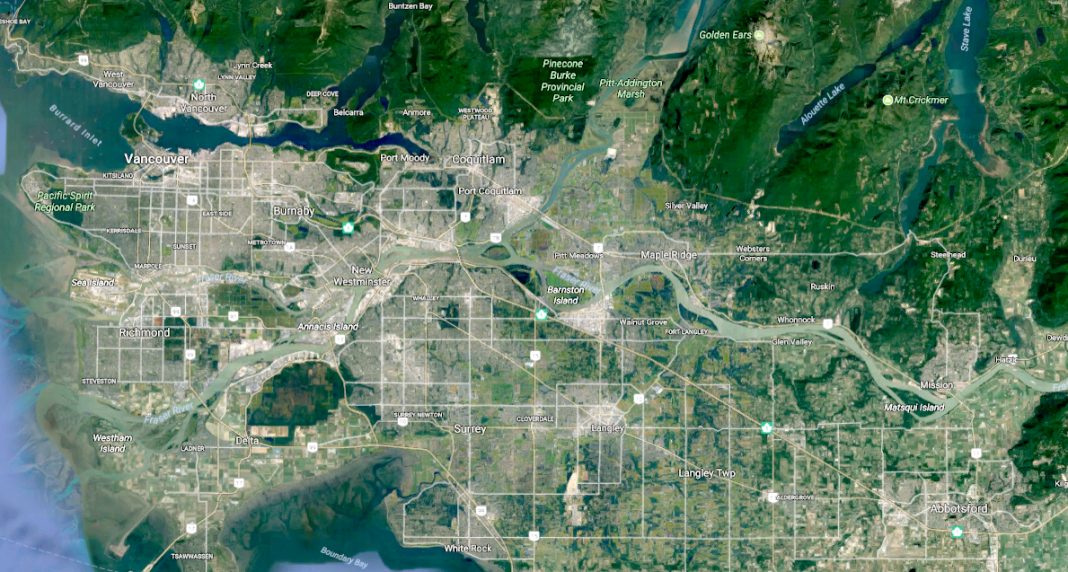The number of people experiencing homelessness in the Lower Mainland has reached its highest level and is growing four times faster than the population, according to a new report that combines the latest counts from across the region.
The recent report is the first instance of the homelessness count being jointly planned and executed by the Metro Vancouver and Fraser Valley communities. It revealed a 40 per cent increase in homelessness since 2011 with 4,211 people counted in communities across the region.
Metro Vancouver alone saw a 30 per cent increase in homelessness since 2014, compared to only a 6.5 per cent increase in general population of the region between 2011 and 2016.
The count, which included the involvement of over 1,200 volunteers, was carried out between March 7–8. Twenty of those volunteers came from a health sciences course at Simon Fraser University taught by lecturer Paola Ardiles.
“I think I was surprised that the increase was not larger,” said Ardiles in response to the findings of the report. However, she noted that many people experiencing homelessness were not included in the count, such as those “living off the generosity of friends.”
According to the report, the number of homeless youth has decreased from 20 per cent in 2014 to 16 per cent this year, while the number of homeless seniors has increased and now represents 23 per cent of the total homeless population. 34 per cent of the individuals experiencing homelessness identified as Indigenous, and 82 per cent described having at least one ‘health condition’ which includes addiction, medical conditions, mental illness, or physical disabilities.
“Homelessness is a choice we are making as a society.” – Paola Ardiles, SFU lecturer
The comparisons between the two regional districts revealed that the Fraser Valley homeless population is statistically more likely to be younger, female, and suffering from a health condition than the Metro Vancouver population.
Ardiles connected rising inequities in Metro Vancouver in regards to housing affordability, the opioid crisis, and precarious work conditions to the rising rates of homelessness.
“It does not make sense to me that we keep trying to deal with the crisis without proper investments in prevention. We have so much evidence already on what it takes to create a healthy community,” she said. “Homelessness is a choice we are making as a society.”
As part of an initiative to decrease homelessness rates in Metro Vancouver, the BC Non-Profit Housing Association, which conducted the count, has put forth an affordable housing plan which calls for a ‘housing first’ approach. Housing first focuses on recovery as a means to ending homelessness by first moving homeless individuals into permanent housing and then providing additional support for health and wellness issues to tackle the cause of their homelessness at the root.
For Ardiles, it is clear that everyone in society has a role to play in regards to the issue of homelessness in our community, including herself as an educator.
“I feel privileged to be able to teach the future leaders of tomorrow, the ones that will bring more innovative, humanistic, ecological approaches to solving the most complex social and health issues such as homelessness,” she said.




